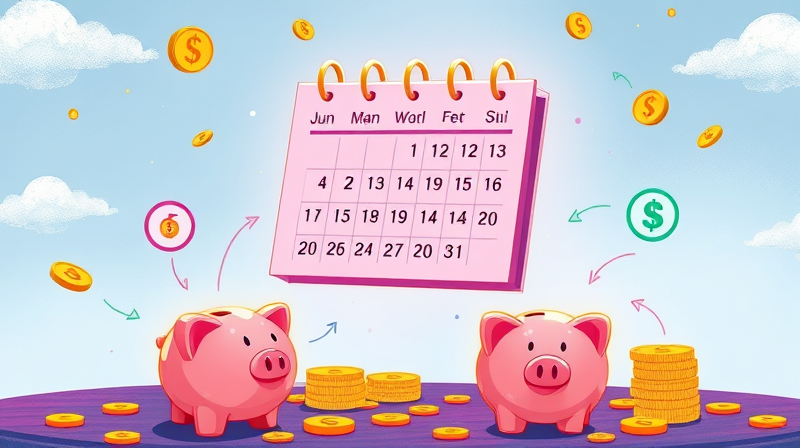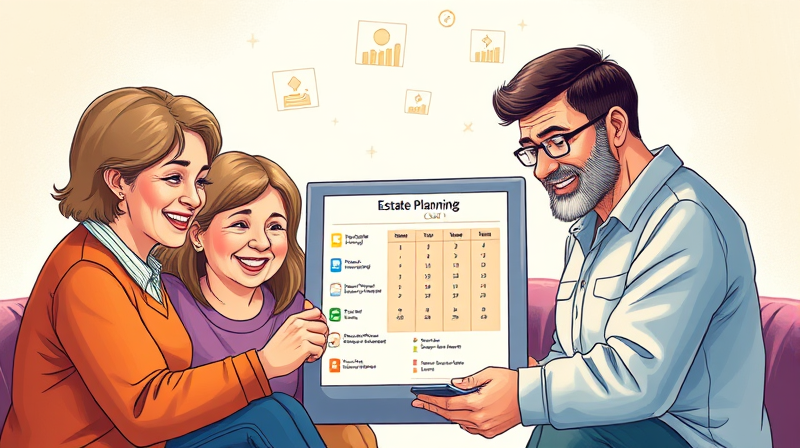
Allocating your paycheck to meet financial goals can feel overwhelming, but with a clear plan, each dollar works toward your dreams. Whether you aim to build an emergency fund, pay off debt, or save for retirement, a systematic approach turns intention into action.
In this guide, you’ll discover practical methods and strategies designed to bring clarity to your finances, ensuring you stay motivated and adaptable on your journey.
Budgeting frameworks provide a simple starting point, helping you divide net pay into distinct categories. By following established rules, you can avoid guesswork and quickly identify where adjustments are needed.
The most popular rule, the 50/30/20 rule, allocates 50% of net pay to essentials, 30% to personal desires, and 20% to savings or debt repayment. Variations like the 70/20/10 and 50/15/5 rules adapt ratios based on personal priorities, ensuring flexibility.
Before assigning percentages, start by setting clear objectives. Goals fall into three horizons—short, medium, and long term—and each demands different attention and urgency.
When you set clear financial goals, you create an emotional anchor that sustains your discipline, especially in moments when temptation to overspend strikes.
Understanding cash flow is critical. Begin by listing all income sources—salary, side hustles, investments—and record fixed and variable expenses.
Consider adopting the the zero-based budgeting concept, where every dollar is assigned a purpose. This method forces you to match incoming paychecks with expenses, savings, and debt payments, leaving no funds unaccounted for.
With goals defined and cash flow tracked, map allocations for each paycheck. Create a simple spreadsheet or use a budgeting app to visualize distributions by category and timing.
A budget calendar helps you visualize when bills are due versus paycheck arrival dates. This prevents late fees and ensures each financial target receives its share promptly.
Within the savings and debt portion, break down contributions further:
This granular view reveals exactly how each category advances your overarching objectives.
No single rule fits all. High living costs, variable income, or substantial debt loads require adjustments without abandoning consistent savings.
In high-cost areas, your essentials may exceed 50% of pay. If that happens, consider trimming discretionary spending or temporarily reducing the “wants” portion. Maintain at least a token contribution to savings, because prioritize building an emergency fund safeguards you against unforeseen challenges.
Automation is your ally in financial consistency. Direct deposit splits and automatic transfers to savings and debt accounts mean you never have to question whether funds were moved.
Budget apps can synchronize bill due dates with paycheck schedules, offering real-time dashboards that update with every transaction. This level of integration keeps you proactive rather than reactive.
By adopting consistent tools, you cultivate financial awareness and adapt quickly to shifts in income or expenses.
Financial journeys span years, and staying motivated can be challenging. Break big goals into smaller milestones to celebrate wins and maintain enthusiasm.
Avoid common mistakes such as overestimating discretionary income or ignoring irregular expenses like insurance renewals and vehicle repairs. Remain vigilant and flexible.
Over time, your allocations can evolve. Salary increases, debt payoff milestones, or shifting life stages warrant reallocation of percentages.
For example, once your emergency fund is fully funded, redirect that portion toward higher-yield investments or accelerating mortgage payments. This adaptive strategy ensures each paycheck continues to serve your evolving priorities.
Mapping financial goals directly to paycheck allocation transcends simple budgeting. It fosters a sense of control over your money and aligns daily choices with your deepest aspirations.
By combining clear objectives, disciplined tracking, strategic automation, and regular reassessment, you transform sporadic saving into a powerful, purpose-driven habit. Embrace this framework today, and watch as each paycheck becomes a stepping stone toward your most cherished financial milestones.
References













